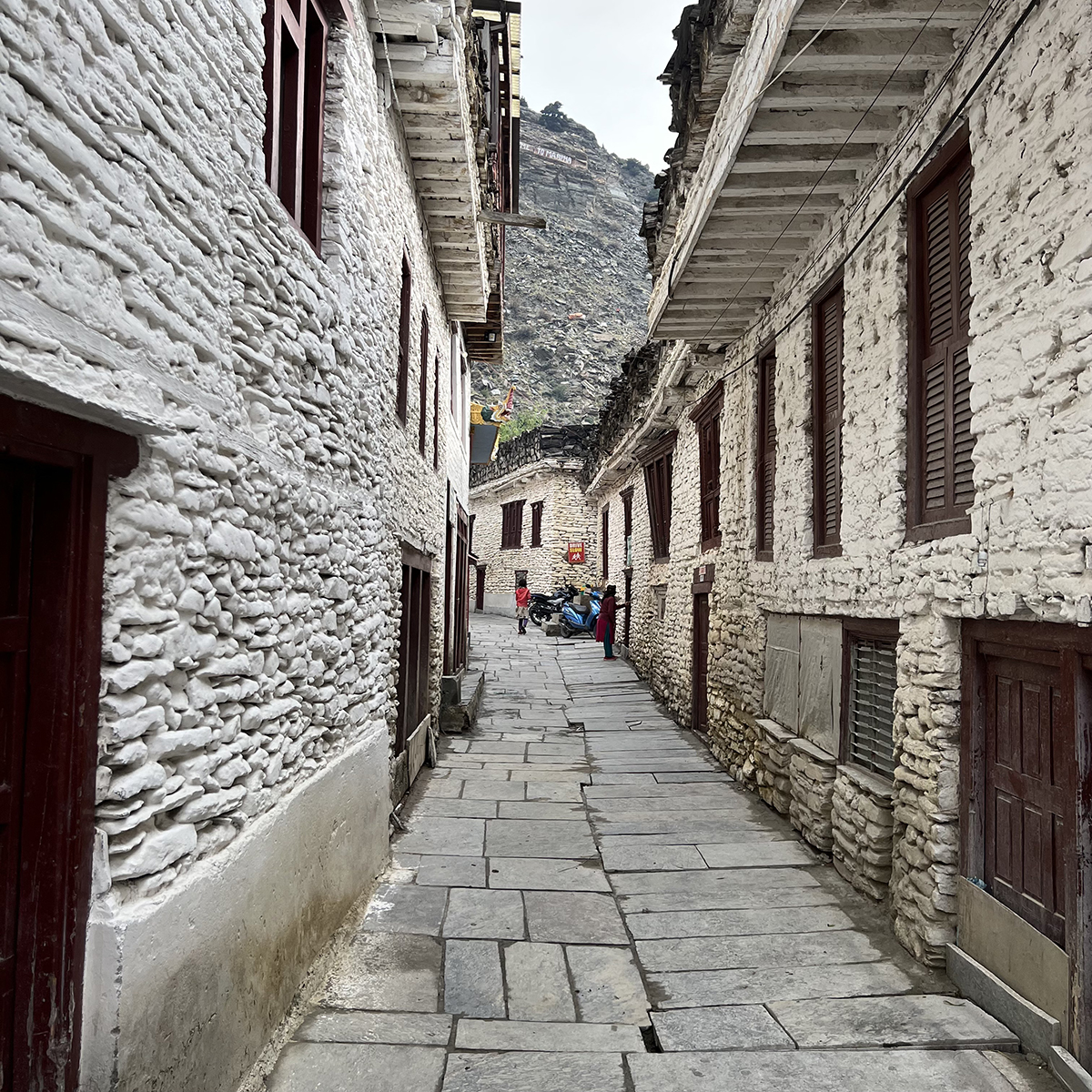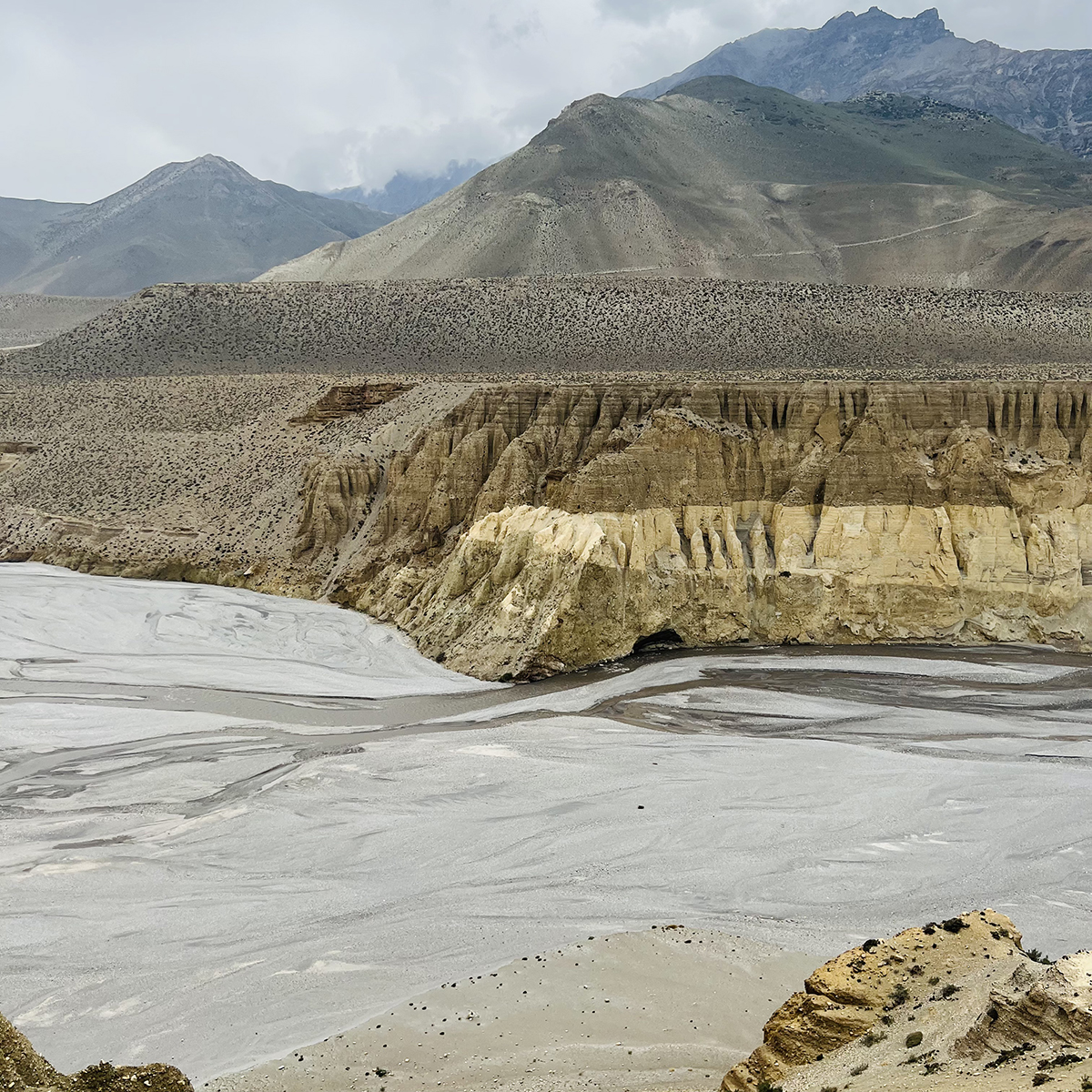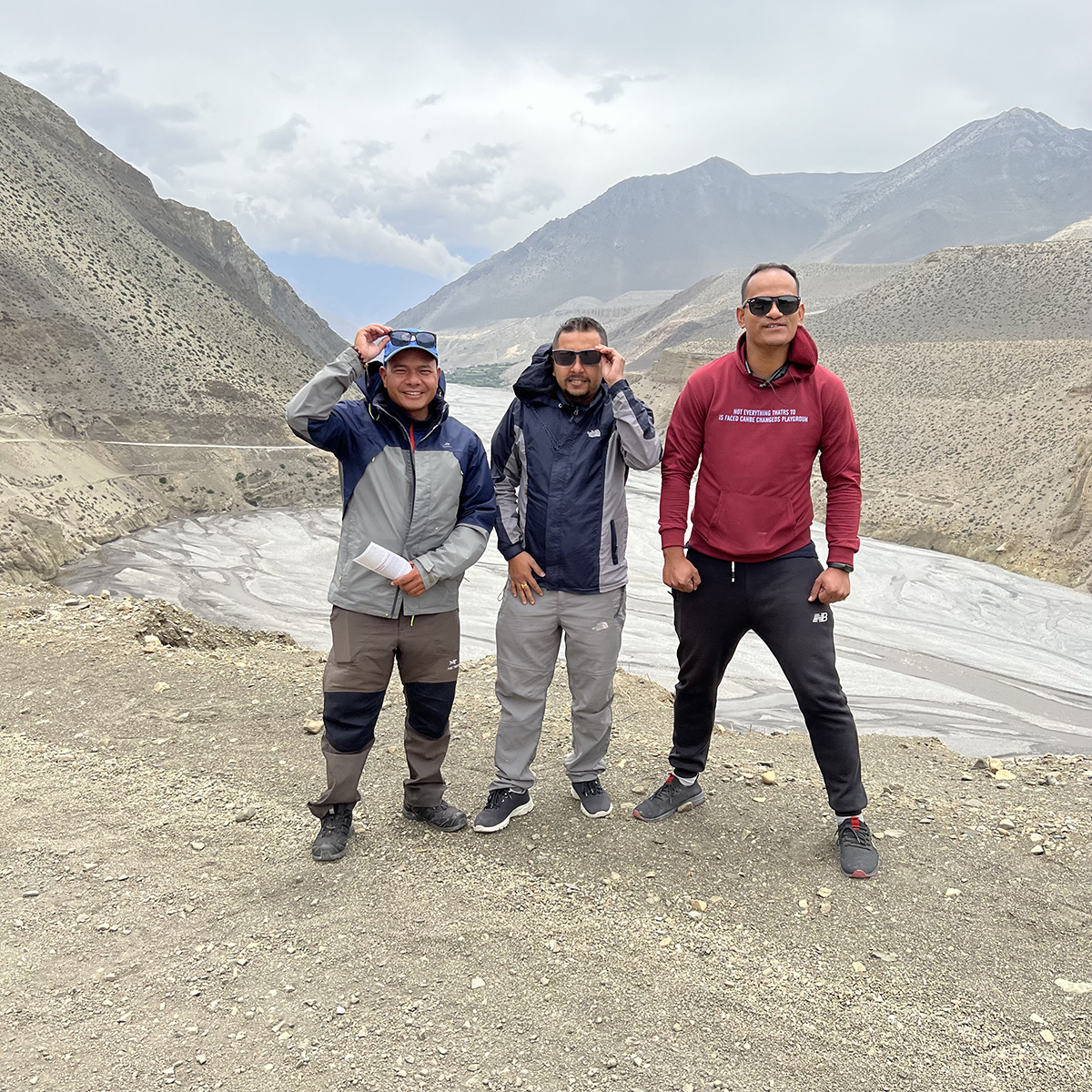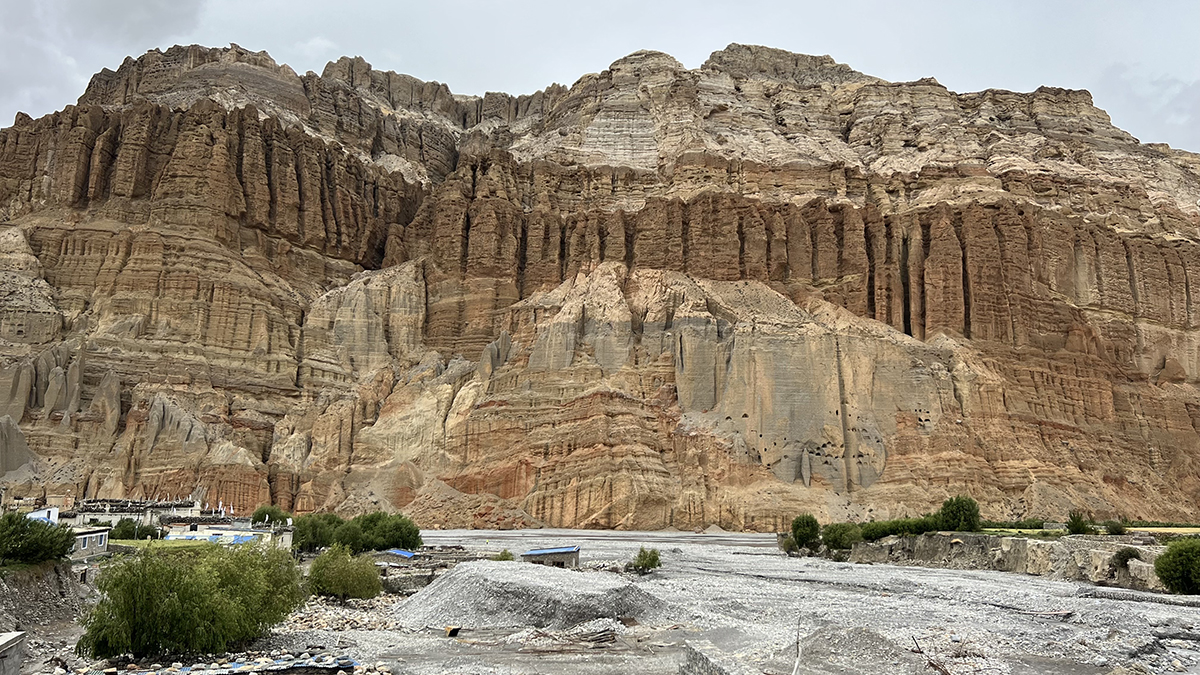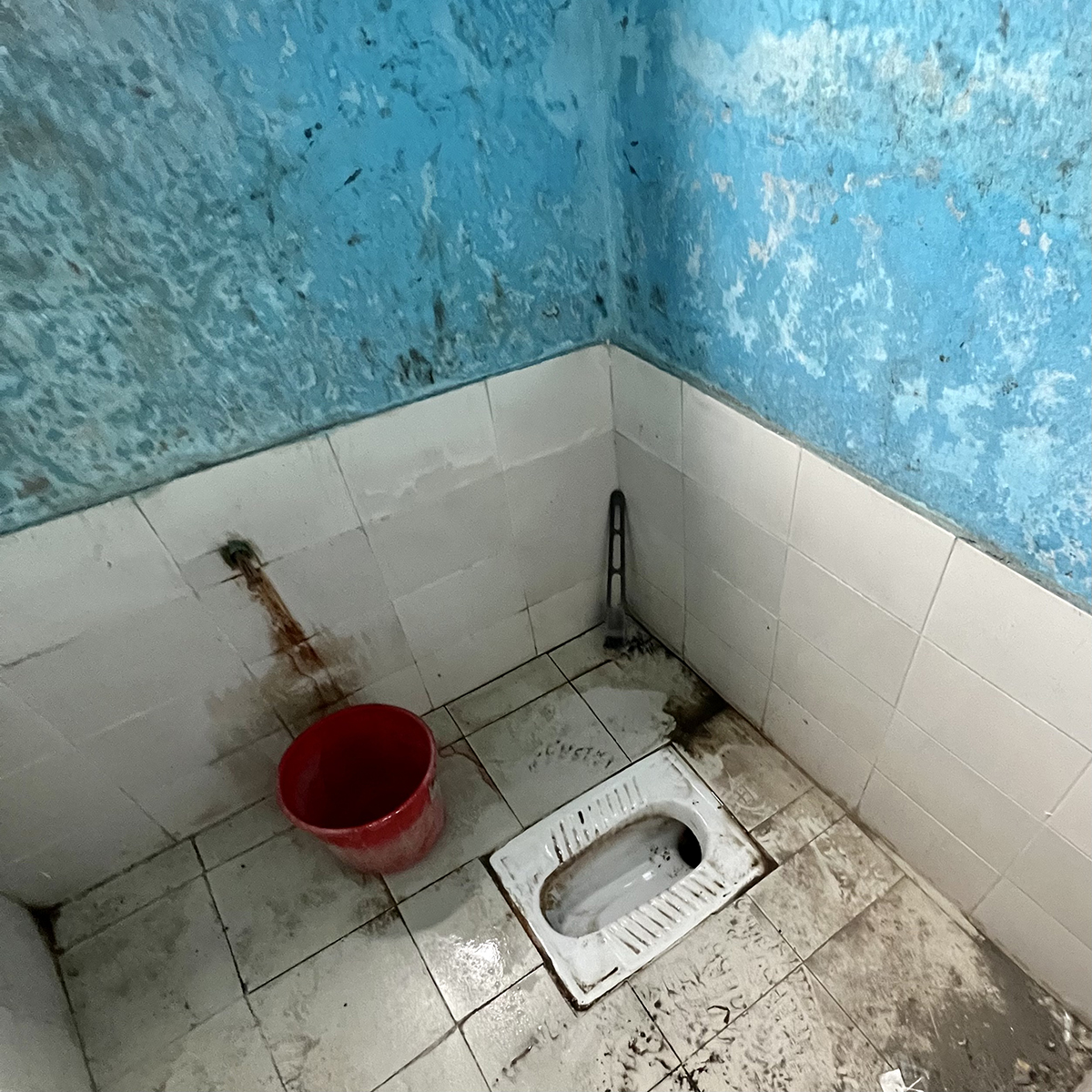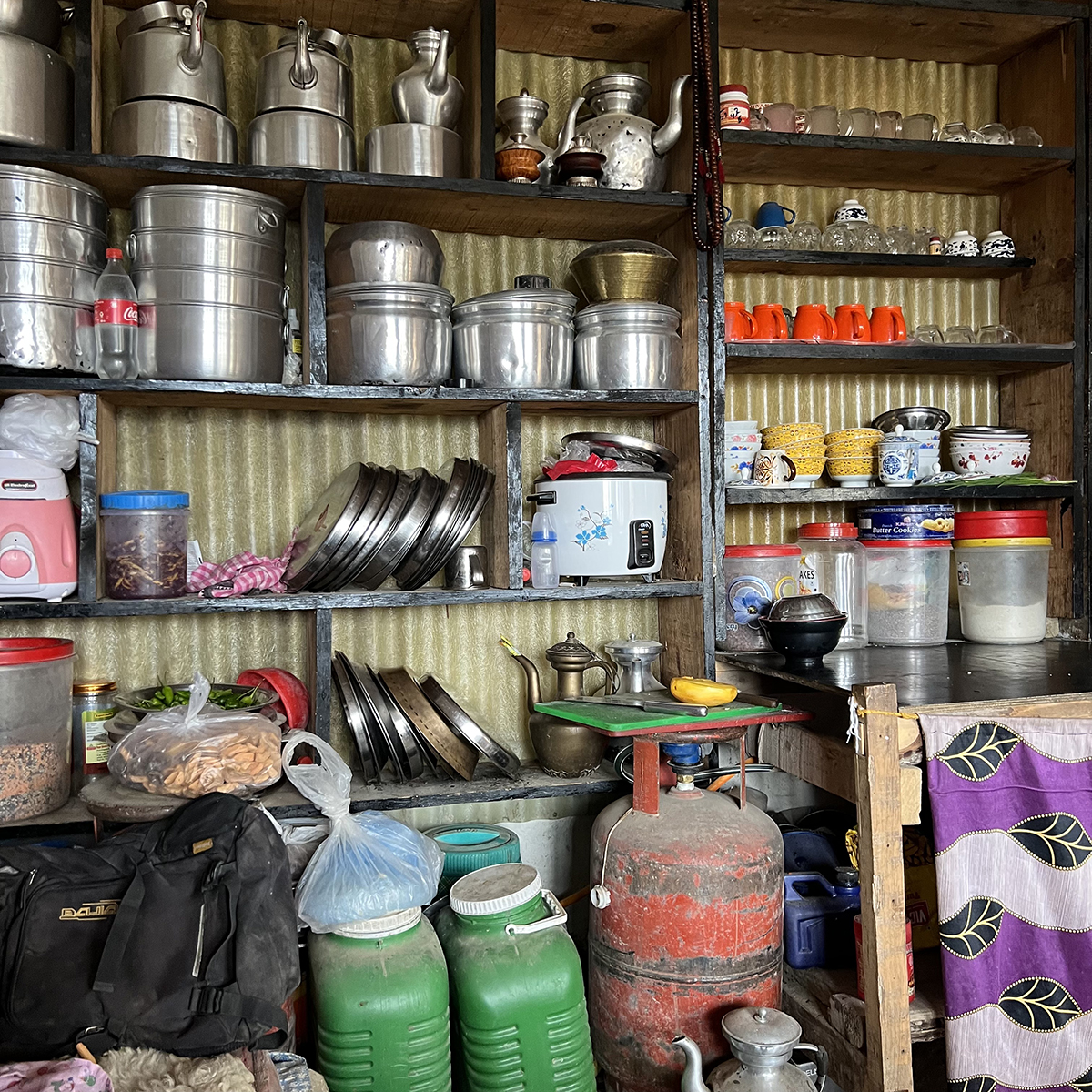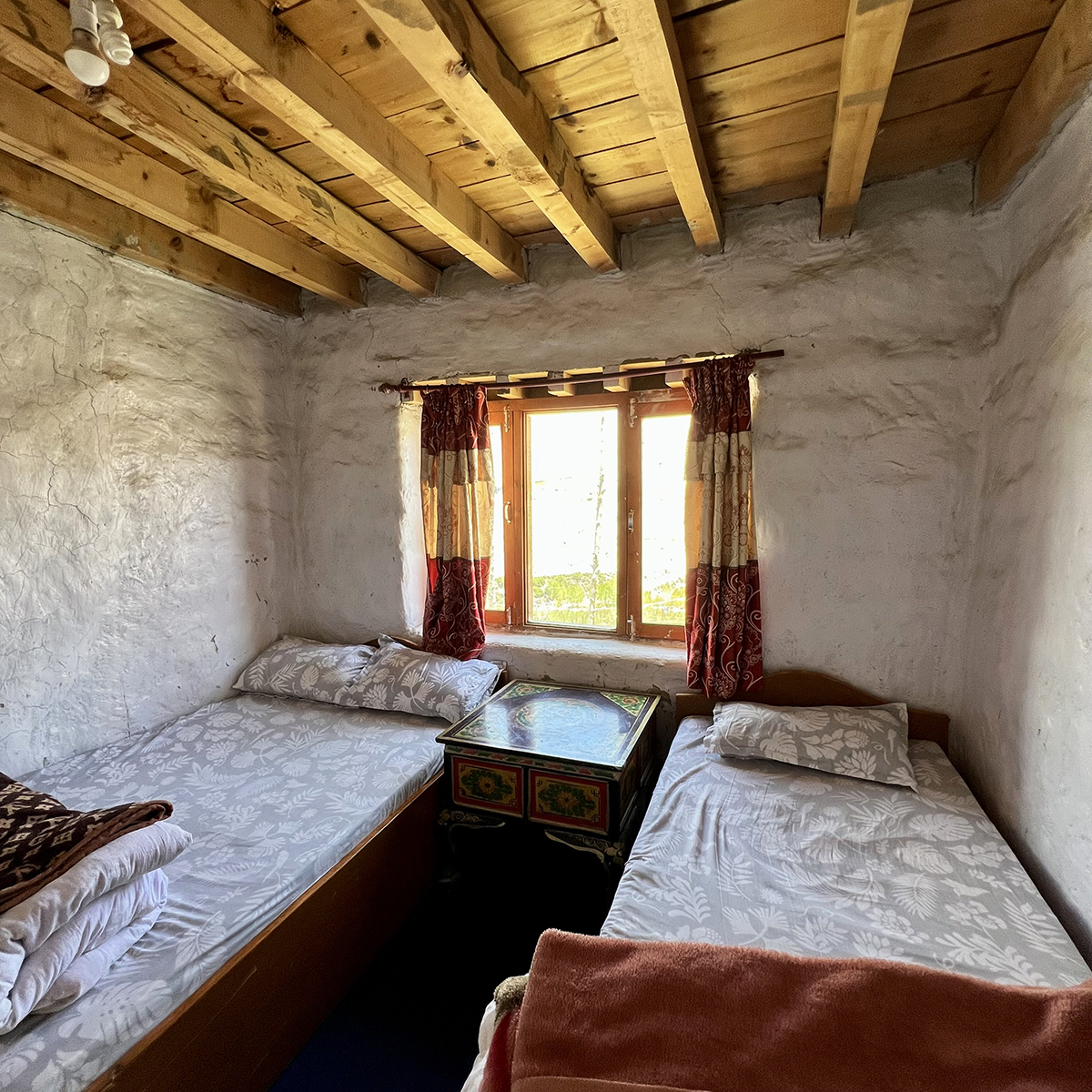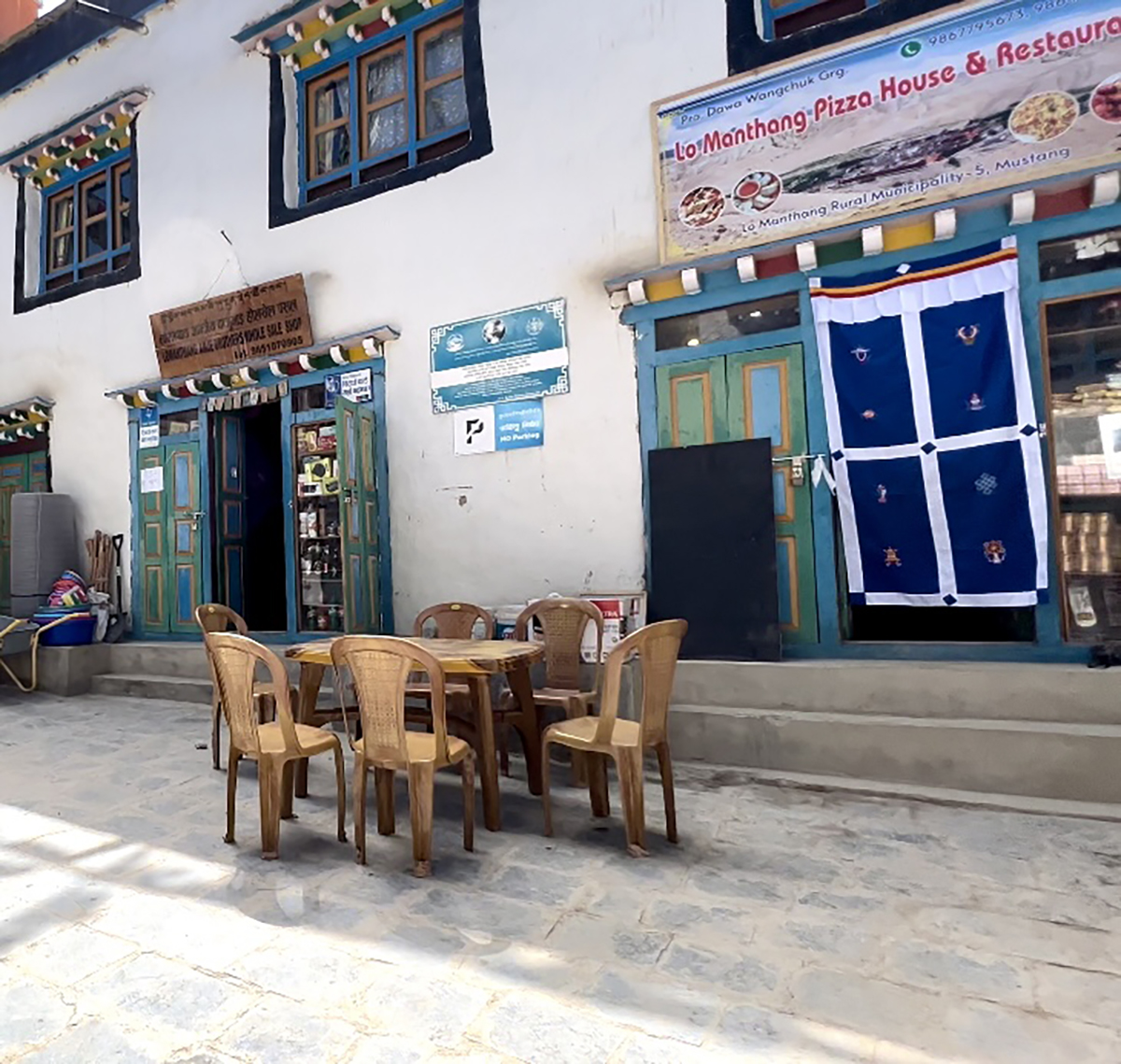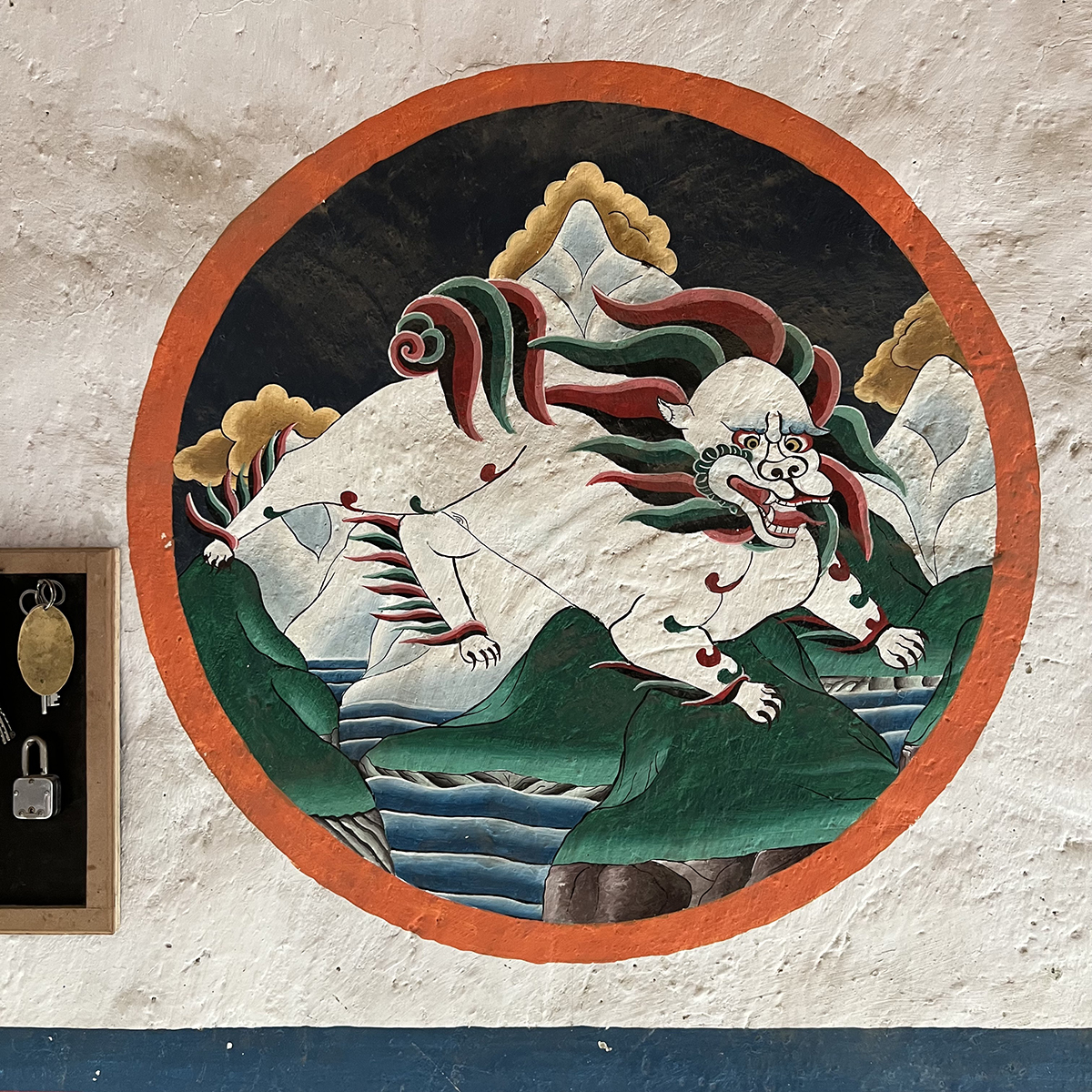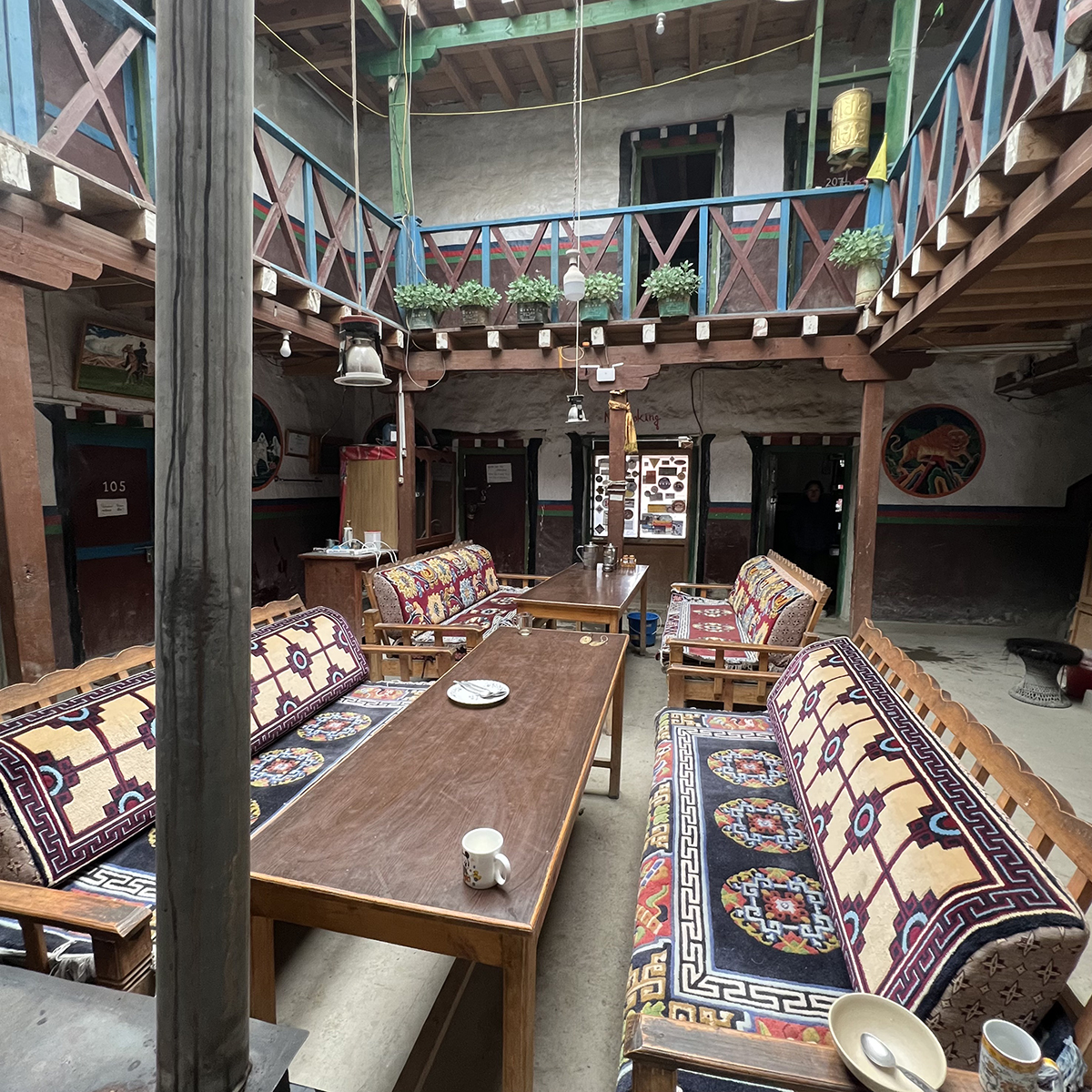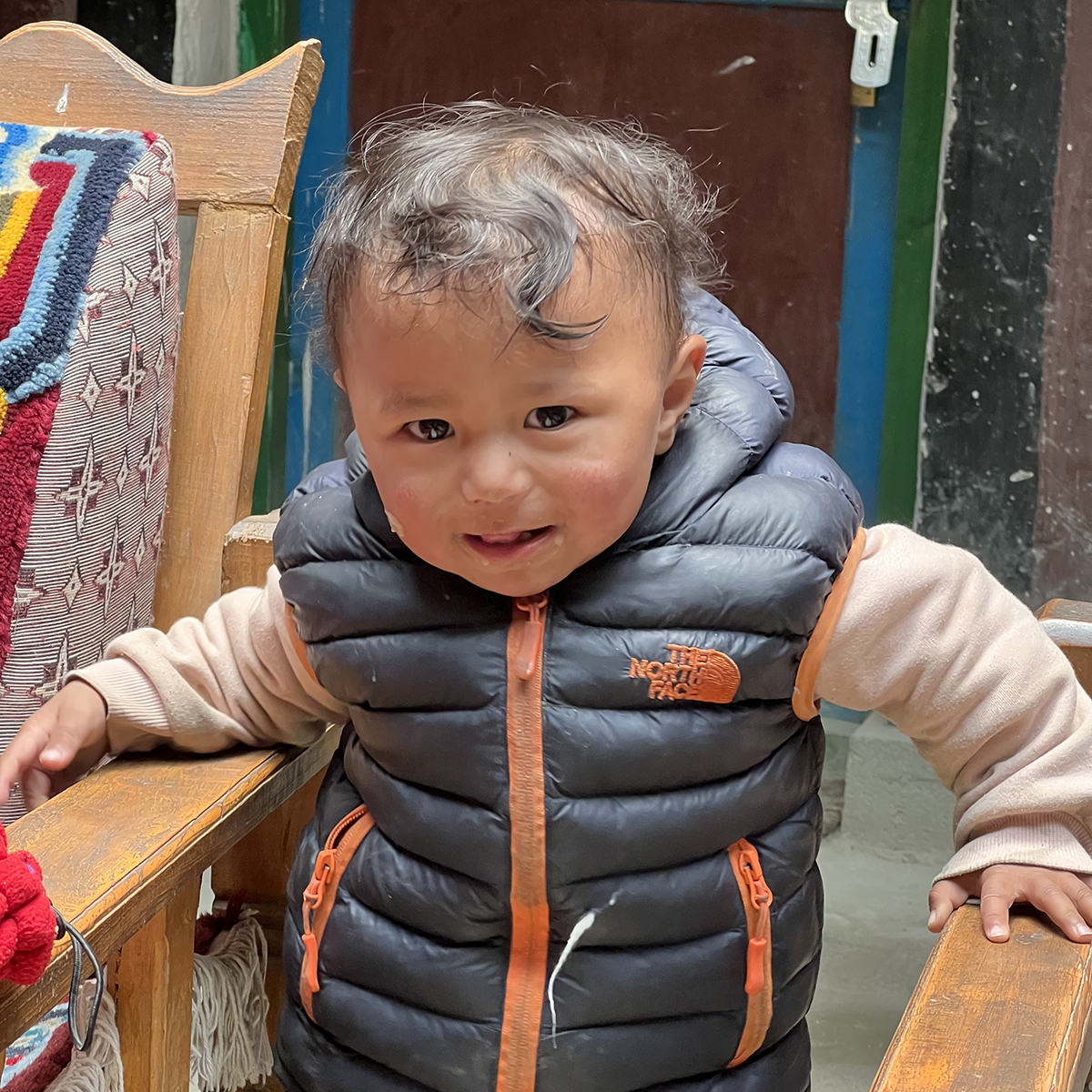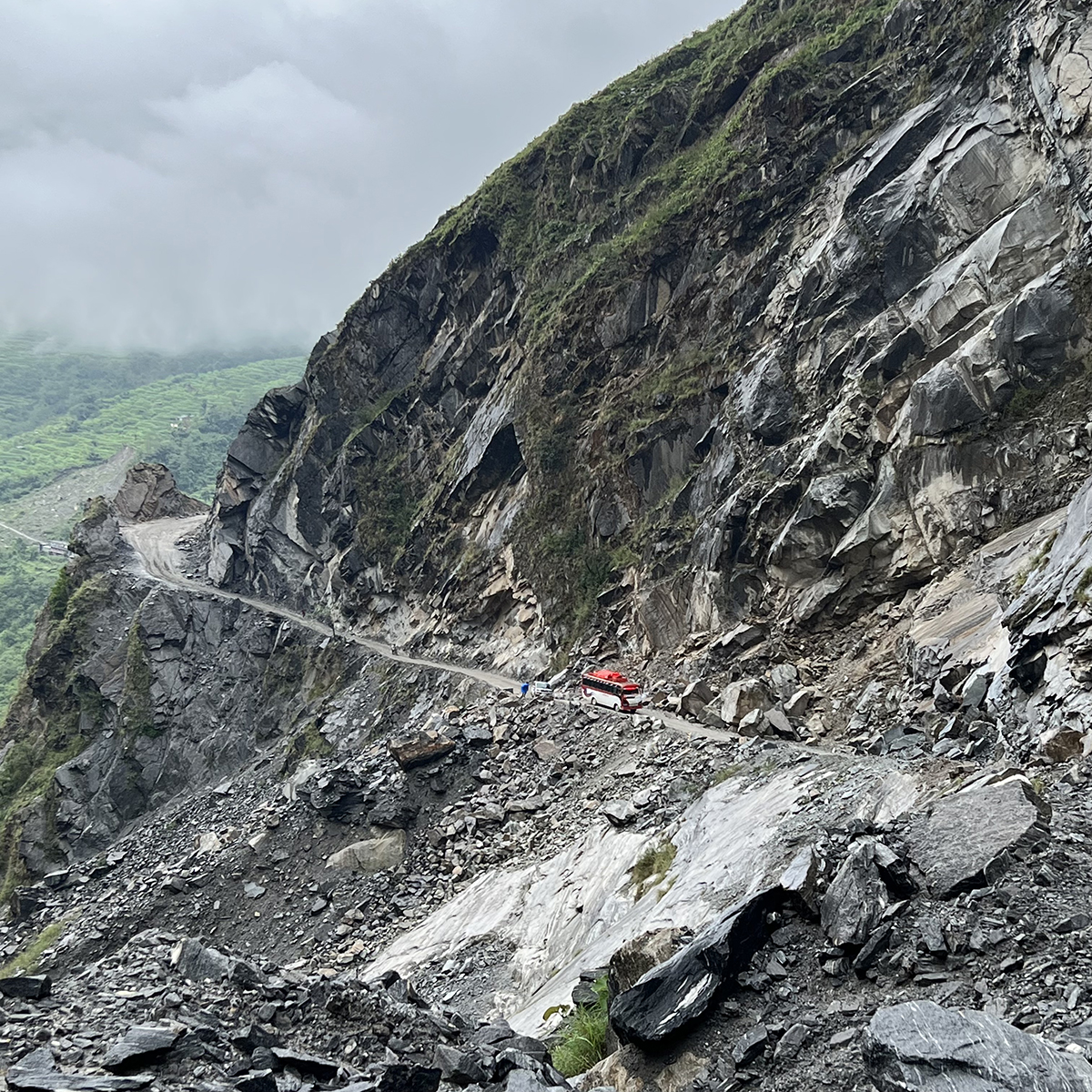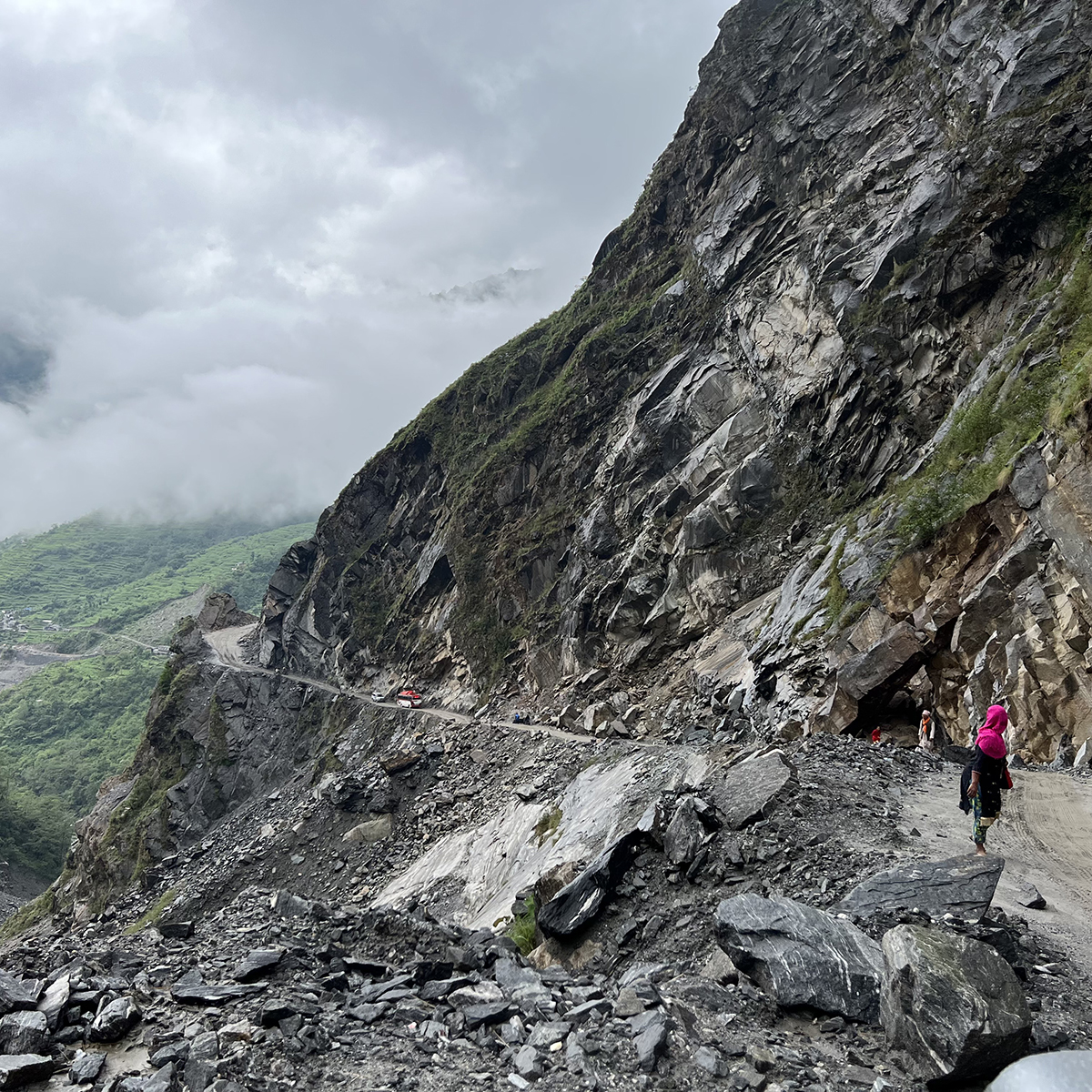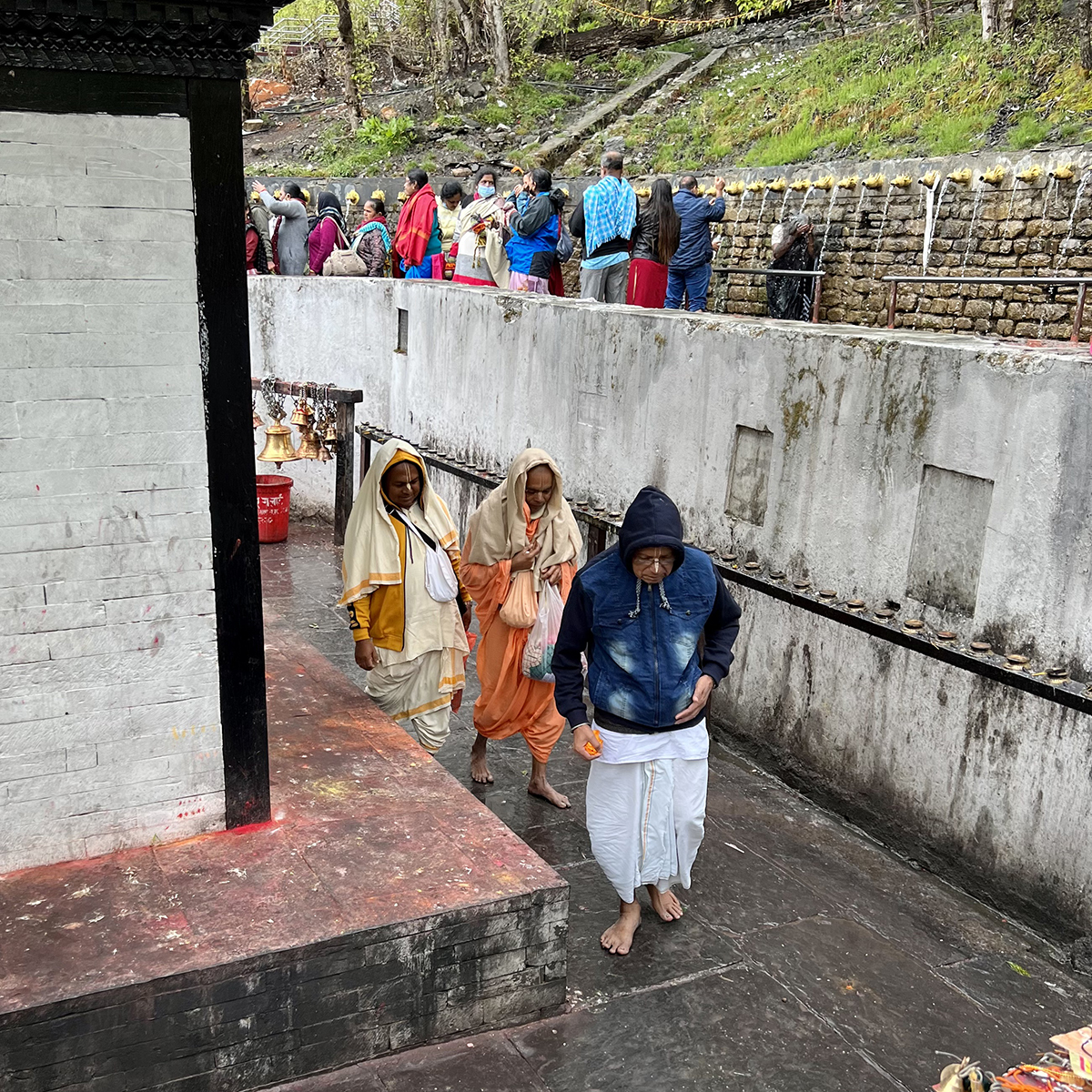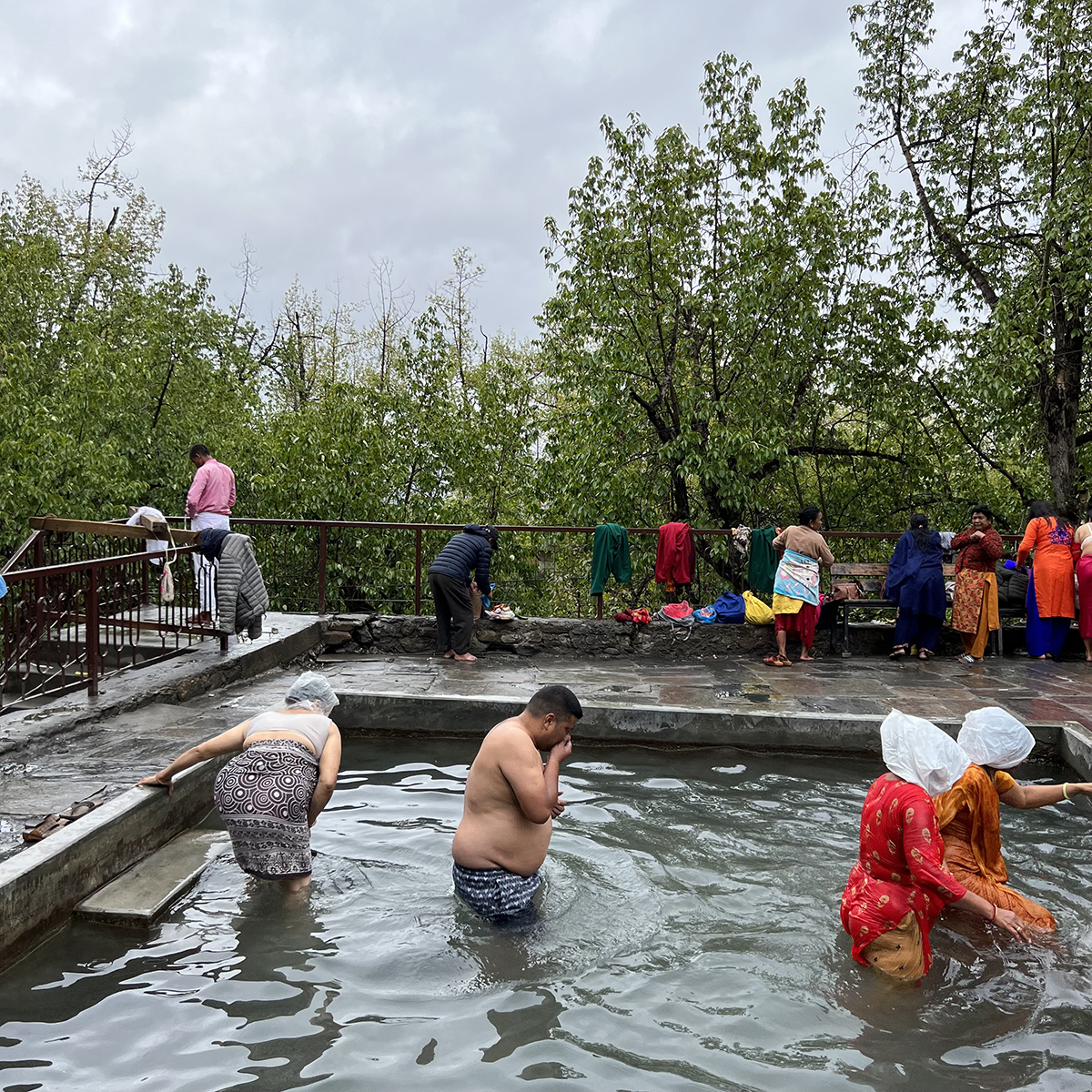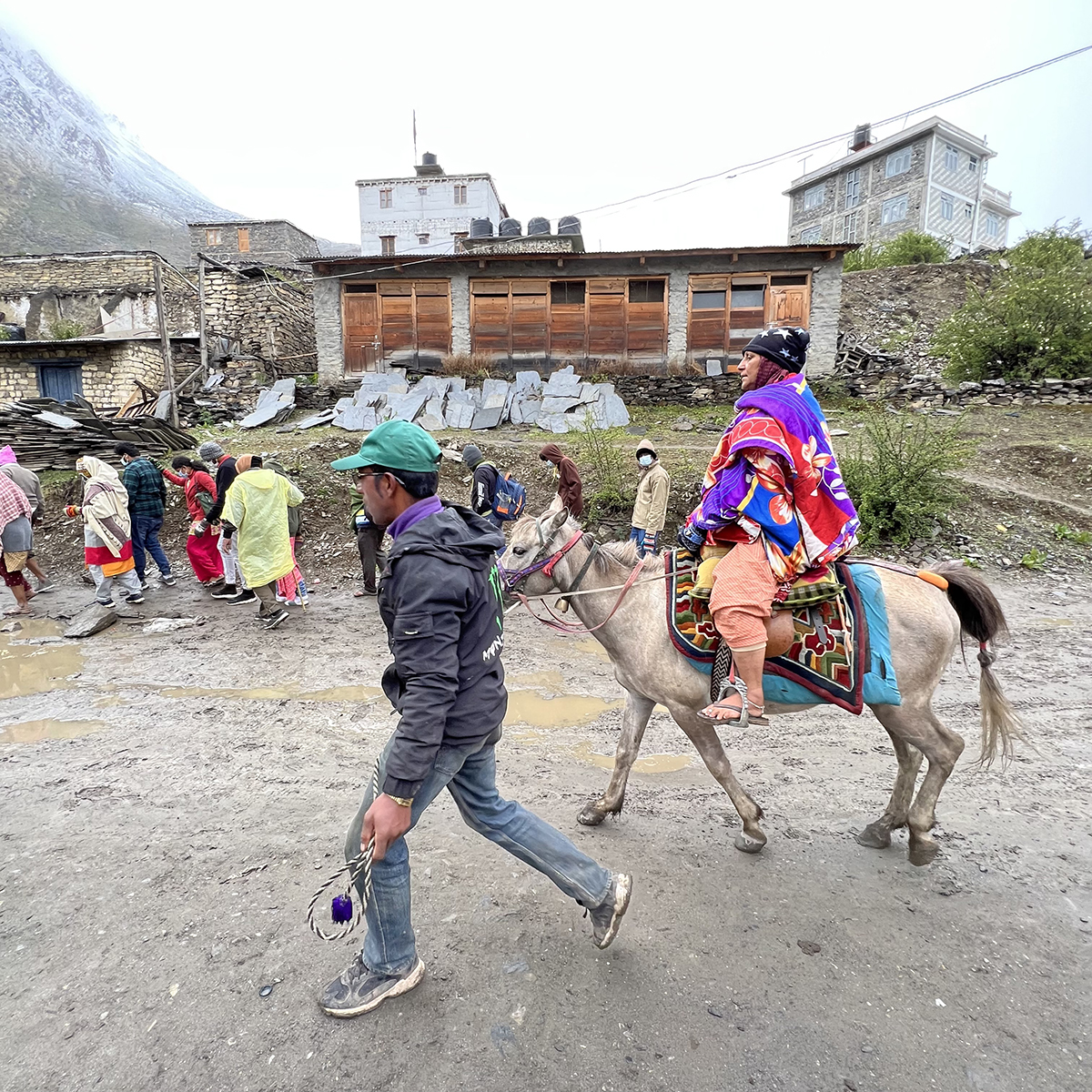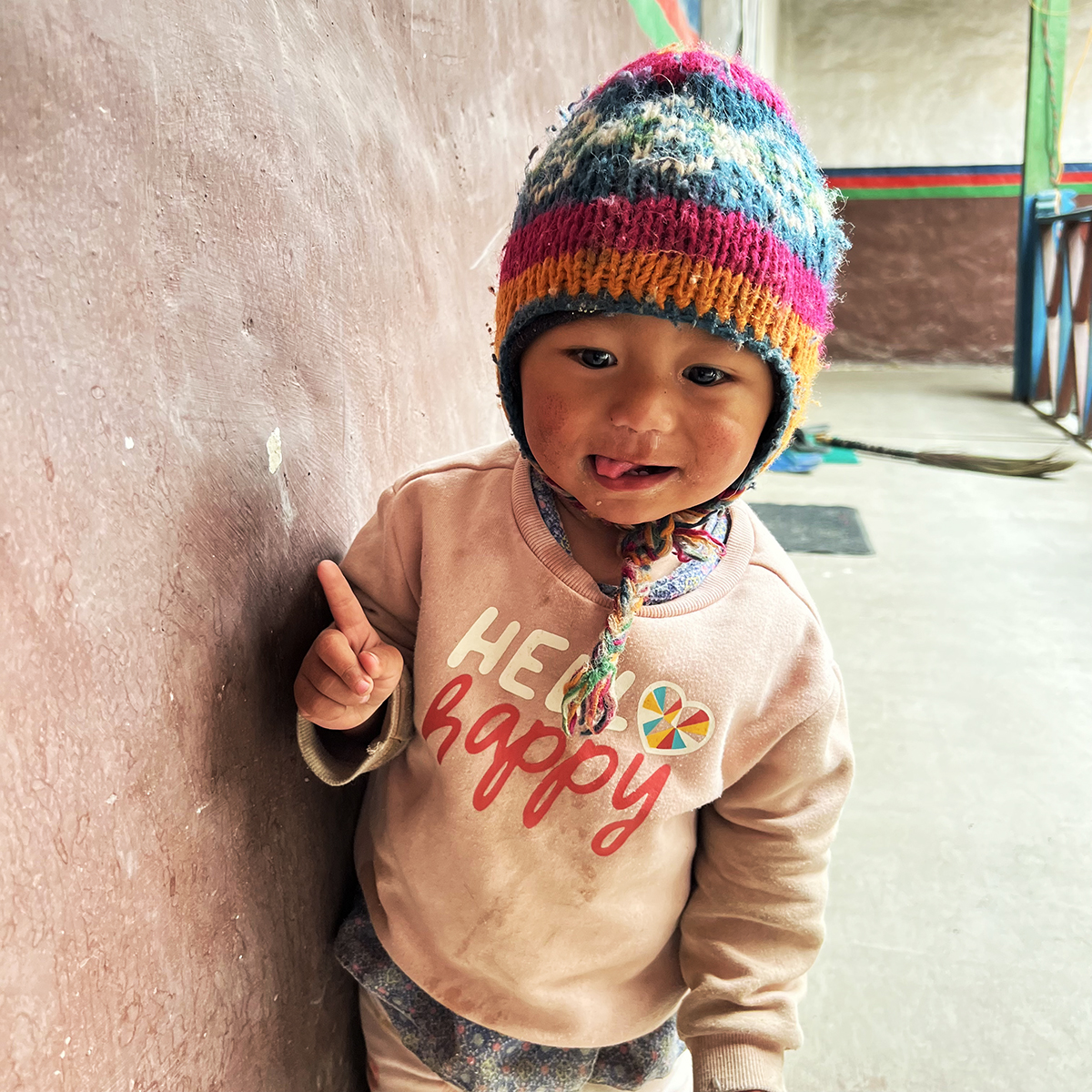A Journey to the Lost Kingdom
High up in the Himalayan mountains, within the borders of Nepal, lies a region once an independent kingdom. Lo Manthang in the Upper Mustang valley was only opened to foreigners about 30 years ago, and travel today is restricted to those who can pay the hefty entrance fee of minimum 500 US dollars.
The Upper Mustang valley is close to the Chinese border, the border area is restricted and no foreigners, or anyone looking like a foreigner, will be allowed anywhere near the border post. Chinese border guards are rumoured to do as they please when seeing something they don’t like.
First time I visited the Kali Gandaki valley was 45 years ago — in 1977. Travel then was on foot, and it took me seven days to reach the village of Tukuche from the nearest road in the city of Pokhara. For five rupees — then the equivalent than less than half a dollar — I found bed and breakfast.
Today it takes seven hours from Pokhara, and travel is by jeep. There’s a road all the way up to the Chinese border, but in parts it’s nothing but a mud track. Bed and breakfast today will set you back fifteen euros.
My second visit was in 2008, and then a plane took me to Jomsom, a mere ten kilometres further up the valley from Tukuche. The airport in Jomsom is considered one of the most dangerous airports in the world, as strong winds up the valley makes it impossible to land and take off after noon. There have been six incidents connected to take off and landing with a total of 57 casualties since its opening more than fifty years ago.
The Kali Gandaki Gorge is by some definitions one of the deepest gorges in the world, according to Wikipedia. The gorge separates the major peaks of Dhaulagiri at 8,167 metres and Annapurna at 8,091 metres. If one measures the depth of a canyon by the difference between the river height and the heights of the highest peaks on either side, the gorge is the world's deepest, writes Wikipedia.
At the bottom of this narrow valley runs the Kali Gandaki River that has its origin in Tibet, and eventually becomes a tributary to the holy river of Ganges on the Indian plains. Along the steep mountain walls a road has been built, a road that during the monsoon season is subject to frequent landslides.
Around 20 kilometres from the Chinese border lies Lo Manthang, once an autonomous kingdom within the borders of Nepal. It was only opened to foreigners 30 years ago and is still a restricted area. Visiting comes with a hefty fee of 500 US dollars a person – Nepalis are exempted. At 3,825 metres above sea level, hidden among mighty Himalayan mountains, the place is cold and experiences windy afternoons.
The area is culturally and linguistically related to Tibet, and the walled village houses a royal palace and a few hundred dwellings. The village is noted for its tall, whitewashed mud-brick walls, and gompas. The royal palace is a nine-cornered, five-story structure built around 1400.
The area is home to the Loba people, and because of centuries of isolation the people have been able to protect and nurture their culture and traditions. Tourism has slowly begun to discover this ancient, walled city, and nowadays you can sense the influence of modern times and a growing tension between economic growth and the preservation of cultural identity. Also, most of the younger generations and families have moved away to big cities like Pokhara or the capital of Kathmandu and have left the old people to stay behind.
My Nepali family and I set off from Pokhara one early morning in late May. As we visited several sites along the way and spent a night at the picturesque village of Marpha, and another night further up the valley, it took us three days to cover the 237 kilometres that separates Lo Manthang from Pokhara.
Marpha, where we spent the first night, is a small village with a population of around 1,600 souls. The very name of the village means hard working people. For many centuries the village was a natural stop on the Salt Route from Tibet to India, the very road I am following. Apart from growing apples and distilling apple brandy, the village today survives on tourism. Tourism, of course, is a very risky business, as travellers disappeared after the devastating 2015 earthquake, and again when the Corona pandemic hit in early 2020. But, being the apple capital of the nation, not only has the road brought prosperity to the village when apples can be distributed all over the country, but the brandy they make from apples here has also made its own name. A very tasteful brandy too, if you ask me. Cheers.
Lo Manthang was the walled capital of the Kingdom of Lo from its founding in 1380 according to Wikipedia. Ame Pal oversaw the construction of the city wall and many of the still-standing structures. After the Shahs of Gorkha forged Nepal out of numerous petty kingdoms in the 18th century, Lo became a dependency but kept its hereditary rulers. This arrangement continued as long as Nepal remained a monarchy. When the country was declared a republic in 2008 King Jigme Dorje Palbar Bista was stripped of his title, writes Wikipedia. He passed away in 2016, aged 86. The Nepali government applied for UNESCO World heritage status in 2008, but the application is still pending as of writing.
At 3,825 metres I have some breathing challenges. Climbing stairs and walking around the village exhaust me. It literally takes my breath away. So does the landscape. Set in a valley with green pastures, the barren hills and snow-clad mountains makes a wonderful backdrop. In the month of May, the weather changes frequently, from a clear blue sky to dark clouds in a short time. The night temperature drops down to freezing point, but if the sun is out day temperature might reach close to 20. Snowfall is common in the winter.
Tourism has become a major industry in this area despite the 500-dollar access fee. It’s now picking up again as travel restrictions due to the COVID-19 pandemic are lifted. Adventure seeking foreigners are replacing the ancient salt trade that took place in this area. For centuries, caravans roamed the Kali Gandaki gorge with salt, yak wool, grains, spices, and other goods. Salt was carried down towards the Indian plateau towards the Ganges plains, and grain was barter traded up to Himalayan mountains. A gravel road has replaced the old mule caravans walking up and down the valley. The economic impact of tourism is transforming a community that still try to maintain a traditional Tibetan lifestyle. However, will they be able to capitalize on economic opportunities while still expressing their heritage?
We returned back to Kagbeni in the lower part of Mustang valley in the afternoon, where we spent the night at Lhasa Hotel for 12 dollars, after the Pahari family took a short trip to the Chinese border – 20 kilometres away on a good Chinese built road.
Early the next morning, before breakfast, we got up to visit one of the world’s highest temples, located at 3,800 metres, about 13 kilometres from Kagbeni. Unlike most of the trip so far, the road was hard surfaced and it took us half an hour. Where the road ends it’s still another nearly two kilometres of walking through a muddy path and some stairs to climb towards the temple a couple of hundred metres higher up. As raindrops kept falling on my head, there was little spectacular mountain scenery to photograph.
At the holy site of Muktinath is a Vishnu temple, sacred to both Hindus and Buddhist. The Tibetan Buddhist tradition states that Guru Rinpoche, also known as Padmasambhava, the founder of Tibetan Buddhism, meditated at Muktinath on his way to Tibet. The place lies at the foot of the Thorong La mountain pass, and is the only Divya Desam located outside India. Muktinath, being one of the world's most famous religious and tourism locations, receives thousands of visitors every year. Almost half of the visitors are Indians according to local statistics and is en route to the popular Annapurna Circuit Trek. It’s also popular among the biking community throughout the year. The place also has a helipad, made for rich Indian tourists who cannot make the pilgrim on foot.
Ever since Nepal opened her borders to foreign travellers some 70 years ago, Phewa Lake in the Pokhara valley has attracted visitors from near and far away. Her major attraction was — and is — the tranquil atmosphere with the majestic mountains mirrored in the lake.
The tourist potential gathered momentum in the late seventies as it for some turned out to be the end station of the hippie trail. The hippies are long gone, but Pokhara continued to be a destination on the banana pancake trail for quite some time. Other kind of travellers also took over as the town is the gateway to the Annapurna Mountain region, with peaks reaching more than 8,000 metres towards the sky.
What was once a peaceful village with small adobe houses hidden among cornfields, have now grown into being a part of metropolitan Pokhara, a city of more than half a million people.
When the long-awaited international airport opens up in a few months’ time, the city is all set to welcome visitors, with lakes, mountains, and an amusement park complete with a Ferris wheel. But banana pancakes are still available.
May 2022


